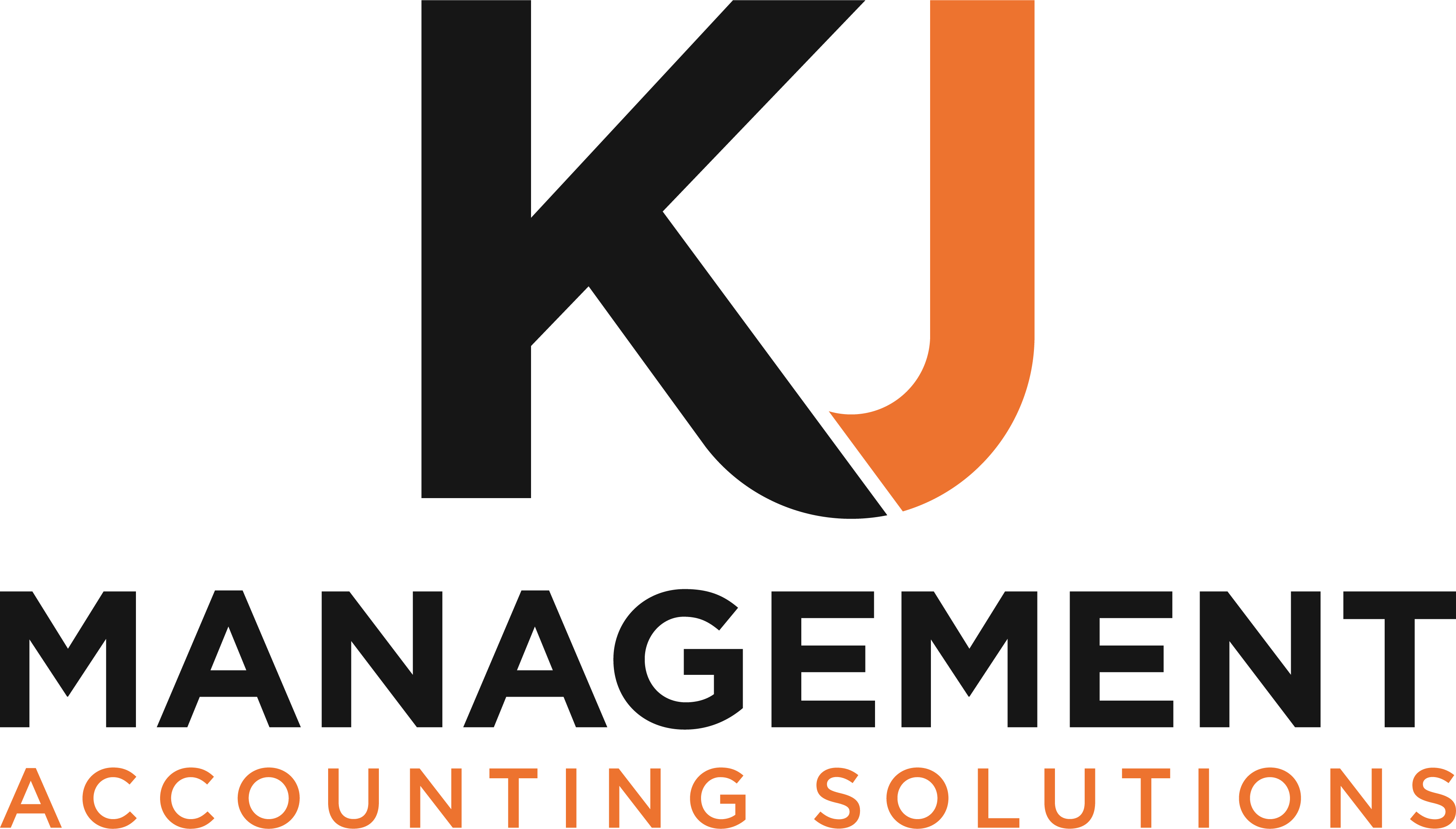Introduction
Financial forecasting is one of the most practical tools a business can use to plan ahead, manage cash flow, and make informed decisions. Yet, many small business owners either don’t forecast at all, or they create one at the start of the year and never revisit it.
In this blog, we’ll break down:
What financial forecasting is
Why it’s important for small businesses
How often you should update your forecast
The difference between forecasting and budgeting
What Is a Financial Forecast?
A financial forecast is a projection of how your business might perform in the future. It’s based on:
Past financial data
Current trends in your business or industry
Assumptions about future events or changes
Forecasts typically cover:
Revenue (sales)
Expenses
Profit
Cash flow
A forecast is focused on the future—it helps you prepare for what’s likely to happen rather than just reporting on the past.
Why Is Forecasting So Important?
1. It Helps You Make Better Decisions
A forecast gives you a clearer view of your expected income and costs. This helps you make more confident decisions around:
Hiring
Investing in equipment
Marketing spend
When to save or spend
2. It Helps You Plan for Cash Flow
Forecasting helps you spot potential cash shortages in advance.
For example:
If your forecast shows a quiet month ahead, you can reduce spending or chase up outstanding invoices early.
3. It Helps You Stay in Control When Things Change
Business conditions often change—sales slow down, costs rise, or unexpected expenses pop up.
An up-to-date forecast helps you adapt and respond rather than being caught off guard.
4. It Supports Loan or Investment Applications
Banks, lenders, and investors often ask for forecasts when reviewing your business. A clear, realistic forecast shows that you understand your business and are planning ahead.
5. It Keeps You Focused
Forecasting helps you set short-term targets and track your progress throughout the year.
Instead of guessing how your business is doing, you’ll have real numbers to work with.
How Often Should You Update Your Forecast?
This depends on your business, but here are general best practices:
Review Your Forecast Monthly
Check in once a month to compare actual results to your forecast. Adjust if your numbers are off-track or something has changed.
Update Whenever Something Changes
It’s time to revisit your forecast if:
You gain or lose a major customer
Your costs increase (e.g. rent, wages, supplier prices)
You’re launching a new service or product
The economy or your industry outlook shifts
Refresh It Every Quarter
Even if things seem stable, it’s a good habit to do a full review every 3 months. This keeps your forecast realistic and useful.
Forecasting vs. Budgeting – What’s the Difference?
These terms are often used interchangeably, but they serve different purposes:
| Budget | Forecast |
|---|---|
| A fixed financial plan for the year | A flexible estimate that evolves over time |
| Sets your targets | Predicts what is most likely to happen |
| Often used to control costs | Used to support decisions |
| Usually static | Reviewed and updated regularly |
Put simply:
A budget is your target
A forecast is your best current estimate based on what’s happening in real time
Final Thoughts: Forecasting Is About Staying Prepared
Financial forecasting is not about getting everything right—it’s about being prepared. It helps you plan, adapt, and stay in control of your business finances.
Whether you’re a sole trader or running a growing team, forecasting gives you visibility, reduces surprises, and helps you make smarter financial decisions.


